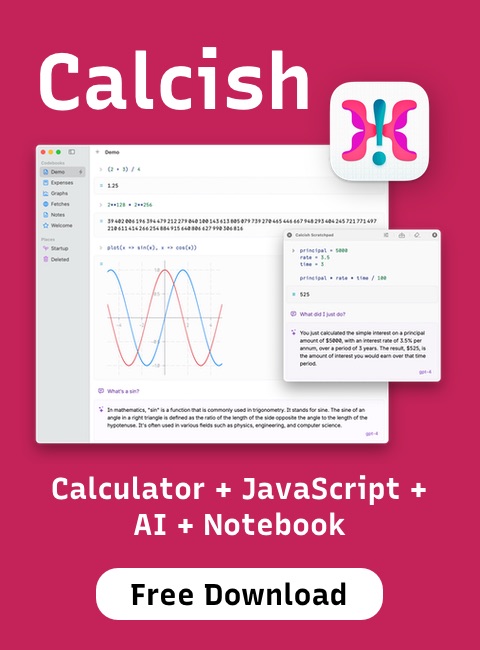Tag: database
| Jul 05, 2023 | Are You Sure You Want to Use MMAP in Your Database Management System? |
| Apr 25, 2023 | Never Write Your Own Database |
| Apr 22, 2023 | The “Build Your Own Database” book is finished |
| Jan 01, 2023 | SQLite 2022 Recap |
| Jan 03, 2015 | Bolt — an embedded key/value database for Go |
